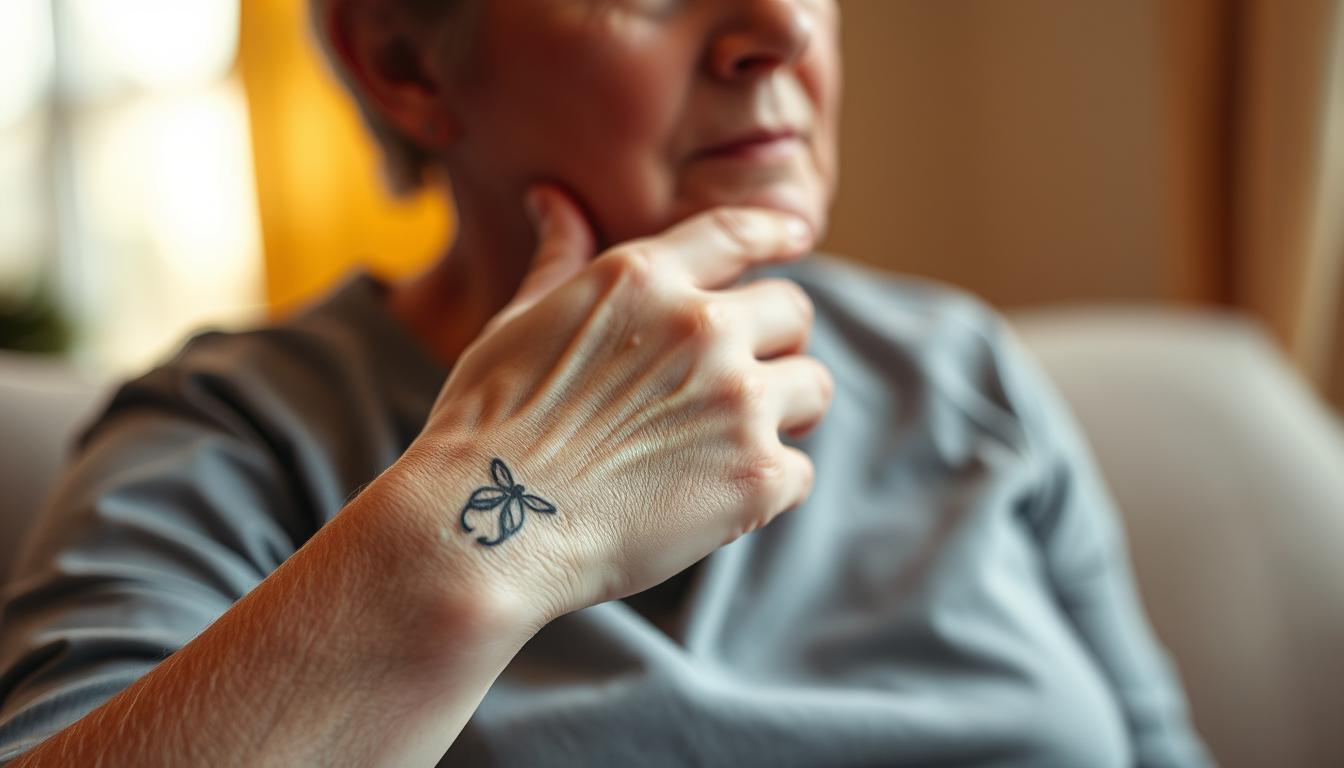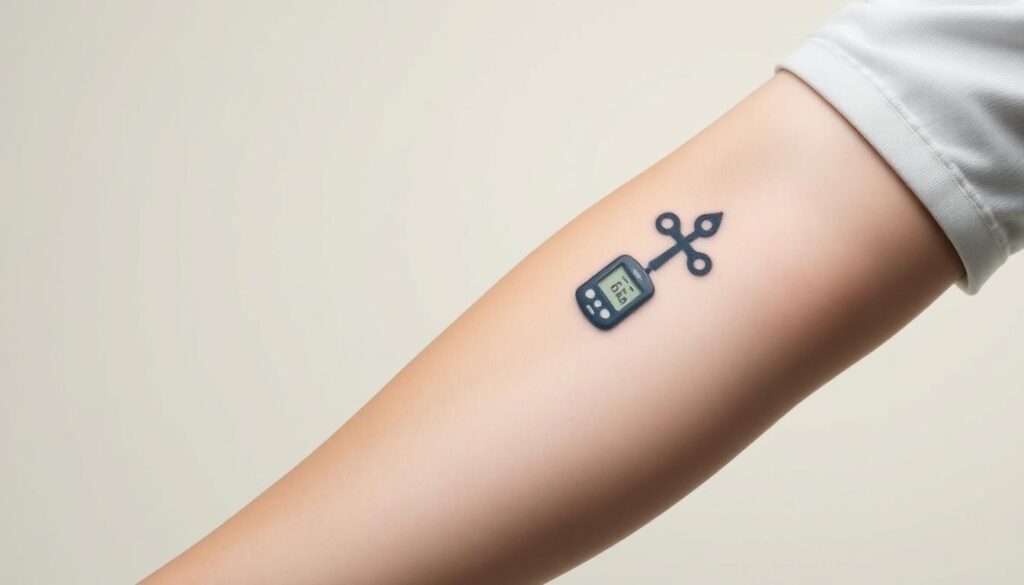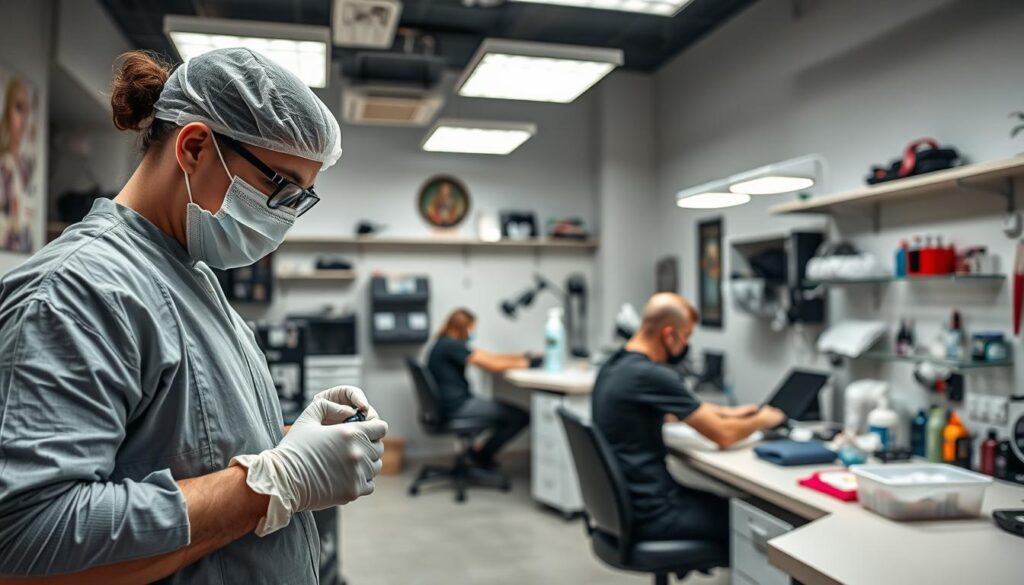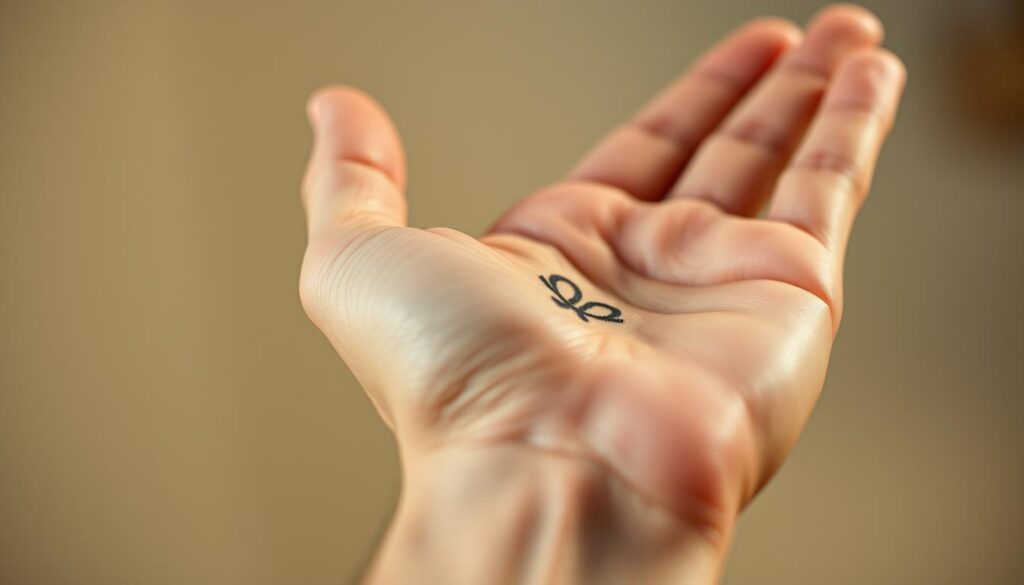
What if your medical condition didn’t have to limit your self-expression? For those navigating life with diabetes, body art often sparks questions about safety and practicality. While tattoos are deeply personal, they also require breaking the skin barrier—a process that demands extra care when managing blood sugar levels.
Tattoo machines puncture the skin thousands of times per minute, creating tiny wounds. For individuals with diabetes, uncontrolled glucose levels can slow healing and increase infection risks. But here’s the good news: proper planning and medical guidance make body art achievable for many.
Understanding how your body responds to injuries is key. High blood sugar weakens the immune system, making infections harder to fight. This doesn’t mean artistic dreams are off-limits—it means prioritizing collaboration with your healthcare team and tattoo artist.
From selecting a sterile studio to timing your appointment around glucose stability, preparation matters. This guide will walk you through balancing creative goals with health priorities, ensuring you feel empowered to make informed choices.
Key Takeaways
- Body art is possible with diabetes but requires medical consultation and planning
- Blood sugar control directly impacts healing speed and infection risks
- Choose experienced artists who follow strict hygiene practices
- Monitor healing closely and communicate with your care team
- Timing your tattoo during stable health periods improves outcomes
Medical Safety Considerations for Tattoos

Managing a chronic condition means weighing risks for every lifestyle choice—including body art. Your skin acts as a shield against germs, and tattoos temporarily weaken this defense. Let’s explore how to navigate this safely while keeping your health priorities front and center.
Skin Healing Challenges
High blood sugar slows cell repair and reduces collagen production. This means even small skin injuries—like tattoo needles—take longer to heal. For those with type 1 or type 2 diabetes, this delay increases exposure to bacteria and raises infection risks.
Blood Sugar’s Protective Role
Stable glucose levels help your immune system respond effectively. Doctors often recommend maintaining an A1C below 7% before getting inked. Why? Consistent blood sugar control reduces inflammation and supports faster wound closure.
Partnering with Professionals
Always consult your care team before booking a tattoo appointment. They’ll review your recent health data and assess infection risks. Share your artist’s safety practices with them—sterile equipment and proper aftercare instructions are non-negotiable.
Remember: Your medical history doesn’t have to limit self-expression. With careful planning and open communication, you can make informed decisions that balance artistry with well-being.
Can Diabetics Get Tattoos: Evaluating Risks and Benefits

Selecting a trustworthy studio transforms your creative vision into reality while protecting your health. Reputable establishments follow FDA guidelines requiring single-use needles and sealed ink capsules. These rules exist because bloodborne pathogens like hepatitis remain serious concerns—especially when healing takes longer than average.
Spotting Top-Tier Sterilization Practices
Walk into any studio and immediately check for:
- Autoclave machines for tool sterilization
- Disposable gloves changed between clients
- Workstations wiped with hospital-grade disinfectants
Artists should open fresh needle packages in front of you. If they reuse razors or towels, leave immediately—these are red flags for infection risks.
Vetting Professionals and Spaces
Ask these questions when researching studios:
| Question | Safe Answer | Risk Indicator |
|---|---|---|
| How do you sterilize equipment? | Autoclave after each use | “We wipe tools down” |
| Do you handle medical conditions? | Yes, with signed consent forms | “Never dealt with that” |
| Can I see health permits? | Current licenses displayed | Delays or refusal |
Check BBB ratings and recent health inspection reports online. Studios with 4+ stars and zero complaints signal reliable practices. Share your health status openly—experienced artists will adjust their methods to reduce trauma to your skin.
Remember: Your safety depends on both preparation and partnership. By choosing professionals who prioritize cleanliness, you create art without compromising wellness.
Preparing for Your Tattoo: Tips and Aftercare

Success with body art starts long before the needle touches your skin. Smart preparation and attentive aftercare become your strongest allies in balancing creative expression with health needs.
Pre-Tattoo Preparation and Precautions
Begin by stabilizing glucose levels for at least two weeks prior. Check with your doctor to confirm your A1C is within target range. Avoid areas like feet, shins, or buttocks where circulation issues often occur. Insulin injection sites—abdomen, thighs, upper arms—should remain ink-free to prevent tissue damage.
Managing Blood Sugar During the Tattoo Session
Pack these essentials for multi-hour sessions:
- Fast-acting glucose tablets or juice boxes
- Protein-rich snacks like nuts or cheese sticks
- Water bottle to stay hydrated
Take breaks to walk around every 30-45 minutes. This maintains circulation and helps manage stress-induced sugar spikes.
Post-Tattoo Healing and Infection Prevention
Expect healing to take 3-4 weeks instead of the standard two. Wash gently with fragrance-free soap twice daily, then pat dry. Apply a thin layer of unscented moisturizer after each cleaning. Watch for:
- Unusual redness spreading beyond the tattoo
- Yellow discharge or foul odor
- Persistent swelling after five days
Consider medical alert designs if creating permanent health documentation. These discreet symbols can communicate your condition during emergencies while serving as meaningful art.
Conclusion
Your journey with diabetes and body art begins with knowledge and preparation. Living with this condition means embracing both creativity and caution—stable glucose control and medical collaboration form your foundation for success. Whether managing type 1 or type 2 diabetes, thoughtful planning turns artistic visions into safe realities.
Choose studios that prioritize hygiene like disposable needles and autoclaved tools. Avoid areas prone to poor circulation or used for insulin injections. During healing, watch for redness or unusual swelling—these signal it’s time to contact your care team.
Remember: Body modifications demand extra vigilance, not avoidance. By involving your doctor early and selecting skilled artists, you balance self-expression with wellness. Your skin tells your story—make sure it’s one of both artistry and well-being.
